Cultivate
Domaine de L'Epinay
Esprit Muscadet Sèvre-et-Maine Melon de Bourgogne 2018
2018 vintage. This estate produces 6 different Muscadet, but apart from Melon de Bourgogne they cultivate 13 grape varieties. This "Esprit" is the upper middle range and I preferred it to their premium "Clisson" wine. Fresh citrusy nose with typical Muscadet minerality. Bright fruit, crisp and energetic with a nice salty minty length. Another delicious Muscadet. Abv. 12,5%. Nice as an aperitif, with seafood or some cheeses (try with Ossau Iraty). — 5 years ago
Cultivate
Pinot Noir 2014
Color of clear light ruby with a touch of purple and brown note on the rim. Nose of nice berry notes, like a good Pinot can offer, spice, strength of alcohol and grassy note. Taste follows similar structures with nice acidity, berries, fresh juicy grapes, some bittersweet note, and some sweet note. Aftertaste is quite average. Overall, I think she is a nice Pinot for people who enjoy sweet and within the boundary flavors. — 7 years ago
Dashe Cellars
Alexander Valley Cabernet Sauvignon
Luv the Todd Brothers Ranch! Dashe really knows how to work w that vineyard and get the best out of the great fruit the cultivate. Fantastic with a steak- the dark and tannins (decanted it) were balanced and presented an elegant wine. Drink now! But could also hold a little longer for a softer wine. — 8 years ago
Domaine Tour Saint-Michel
Feminessence Châteauneuf-du-Pape Red Rhone Blend 2017
2017 vintage. Last tasted 11.16.23 (9.5). Pepper, anise/black licorice, Chambord in the nose. Add in tobacco, sea salt and the tiniest hint of ginger (along with the aforementioned nose impressions) once tasted. Medium-heavy body. Smooth and harmonious. Yes, still plenty of tannins on the journey and categorizing this as a “food wine.” For those that cultivate/love tannins, this is currently a warm bath. 5.5.24. — 2 years ago
Heitz Cellar
Lot C-91 Cabernet Sauvignon 2017
One of my favorite lots from the 2020 #pnv #pnv20 #pnv2020 only 5 cases produced. A small blended selection of our finest Cabernet Sauvignon for Premiere Napa Valley
100% Cabernet Sauvignon from our top sites in the Howell Mountain, Oakville, Rutherford and St. Helena nested appellations
Aging in oak tanks for one year, new French Limousin oak barrels for three years, and then one year in bottle
When the Lawrence family acquired Heitz Cellar in April 2018, they discovered a single dusty bottle in the wine library; a bottle of 1969 Lot C-91 Cabernet Sauvignon. After researching, we discovered wine collectors around the world had a few rare bottles in their cellar as well. Upon learning its origin and Joe Heitz’s inspiration for this singular bottling 50 years prior, we knew that it was time to rekindle the essence of this remarkable cuvée. In order to express the very best of Napa Valley, our winemaker began blending trials of our single vineyard Cabernet Sauvignons in barrel, kept separate throughout their élevage. Sampling from barrels of our Oakville, Rutherford, Howell Mountain and St. Helena Cabernet Sauvignon, Brittany Sherwood found the perfect marriage of these outstanding standalone wines. After blending, the wine continues to age in 100 percent new, French Limousin oak barrels for three years, followed by aging in bottle for an additional year. With the breadth of estate terroir that Heitz Cellar is fortunate to cultivate, we are able to create the quintessential Cabernet Sauvignon that embodies the elegance, ruggedness, refinement and balance that is uniquely Napa Valley. — 4 years ago
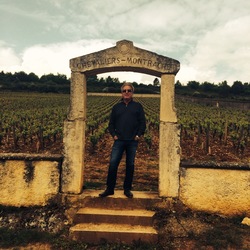
Cultivate
Monterey County Pinot Noir 2015
Nice body, smooth — 8 years ago
Château Cibon
Cuvée Marius Côtes de Provence Cru Classé Tibouren Rosé 2018
So this happened,,,, I need to rethink & re score every Rose’ I’ve had. This is Beyond anything I’ve opened. I only started drinking Rose’ as a compromise with wifey who didn’t care for Chardonnay. But I’m not sharing these bottles, I have her porch pounders separated. No pounding these
Winery notes as follows,
Clos Cibonne is one of the most historic and prestigious estates in Provence. They are one of the few estates to cultivate and focus on Tibouren, an heirloom variety with very few hectares planted. They also age their wines under fleurette, a thin veil of yeast similar to that found in Jerez and Jura, for a year in large oak casks. The Cuvée Marius takes these practices and raises it to the next level. Named for Marius Roux, the wine is an homage to him and the original Château name. Marius would load his wine in barrel onto his cart and travel to the village every week on market days to sell his special wine. Made of 90% Tibouren and 10% Grenache, the wine is aged in smaller casks for a couple of years. It is almost a rosé in name only with its onion skin color, full body and layered intensity. This is what the French call a gastronomic wine, easy to pair with complex meals. Suitable for drinking now, this wine also has many more years ahead of it. — 3 years ago
Trione Vineyards & Winery
River Road Ranch Pinot Noir 2014
Farmers for over 40 years, brothers Mark & Vic Trione own and cultivate about 600 acres. Pleasant aromas of fruit and flower notes. On the palate ripe cherry fruit with oak, cacao and spice notes. Firm tannins, medium+ length ending with oak and fruit character nicely balanced. — 7 years ago
Château Latour
Le Pauillac de Chateau Latour Red Bordeaux Blend 1967
In looking for some older photos, I ran across photos of the 14 En Premier. Since I wasn’t using Delectable then, I thought I’d take the opportunity to share a story and some key Bordeaux history. One night during the En Premier, we went to dinner with the Director of Chateau Latour, Frédéric Engerer at Lion d’ Or. Frédéric reached into their library cellar and pulled; a 78 & 90 Grand Vin, 99 & 03 Forts De Latour and a Mag of 67 Grand Vin. Overall score is an aggregate of the evenings wine. Certainly one of the best nights of food & wine in my life. However if you go to Lion d’ Or, read the menu carefully as they cook with every part of an animal. Oh...the menu is all in French. So, ask for assistance if you struggle with French. While remembering this night, it got me thinking about another piece of Bordeaux history I thought I’d share for those that might be unaware. Did you know we have the Dutch to thank for making these wines possible? Here are my historical and producer notes... the earliest history of Bordeaux dates back to the Romans in 60 B.C. They were the first to plant, cultivate and make Bordeaux wines. They referred to the area as Burdigala. The Bordeaux appellation was perfect for cultivating grapes for wine. It offered the unique combination of the right soil for growing grapes used in the production of wine coupled with easy access to the Garonne river, which was needed to help ship the wines. The marriage between King Henry and Eleanor made sure Aquitaine, which included Bordeaux, was owned by England for over 300 years, coinciding with the conclusion of the hundred years war; which really lasted 116 years and ended in October 1453. By the time the Hundred Years War had finally concluded, Bordeaux wine had already been discovered by British wine lovers! In fact, Richard the Lionheart, the son of Eleanor and Henry II made Bordeaux wine his everyday beverage. The Bordeaux wine buying public agreed saying, if Bordeaux was good enough for the King, it was good enough for all loyal British wine lovers. From that moment forward, the Bordeaux wine trade began expanding. Bordeaux wine continued taking on more importance in trade with England. Twice a year, just prior to Easter and Christmas, several hundred British merchant ships sailed to Bordeaux to exchange British goods for wine. The next major event for the Bordeaux wine trade took place when the Dutch needed to build roads to make it easier to transport goods/wine throughout the region. The Dutch, along with the British were major purchasers of Bordeaux wine. They needed their Bordeaux wine to be delivered more quickly, before it spoiled. Their short-term answer, the Dutch merchants came up with was to burn sulfur in barrels, which aided the wines ability to last and age. However, more needed to be done. By the 1600’s, numerous Bordeaux vineyards were already planted, cultivated and producing wine. However, much of the region still consisted of unusable, swamp land and marshes. Dutch engineers came up with the idea to dredge and drain the marshes and swamps. This allowed for quicker transportation of their Bordeaux wine. And suddenly, there was a lot more vineyard land that was perfect for growing grapes and making more Bordeaux wine. Yes, we have the Dutch to thank for creating Pauillac. For this post, specifically Chateau Latour. Had the Dutch not dredged and drain it, many great Chateaus might not exist today. The man in charge of the project was Dutch engineer, Jan Adriaasz Leeghwater. He changed the face of Bordeaux forever. At the same time they dredged, new water channels were created. This helped improve the drainage, so the swamp like conditions would not develop again. Many of the original water channels are still in existence all over the Medoc. So, the next time you drink your Medoc (Pauillac) Bordeaux wine, drink a cheers to Dutchman...Jan Adriaasz Leeghwate. Photos of; our dinner bottles, the Latour library cellar, stainless steel tanks, barrel room and the iconic and majestic 17th century tower the property takes it’s name. The Latour cellars are so clean and pristine, you could eat off the floors.
— 8 years ago
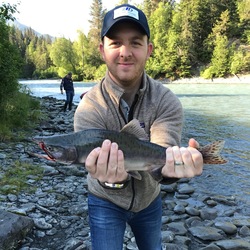


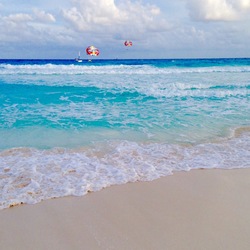




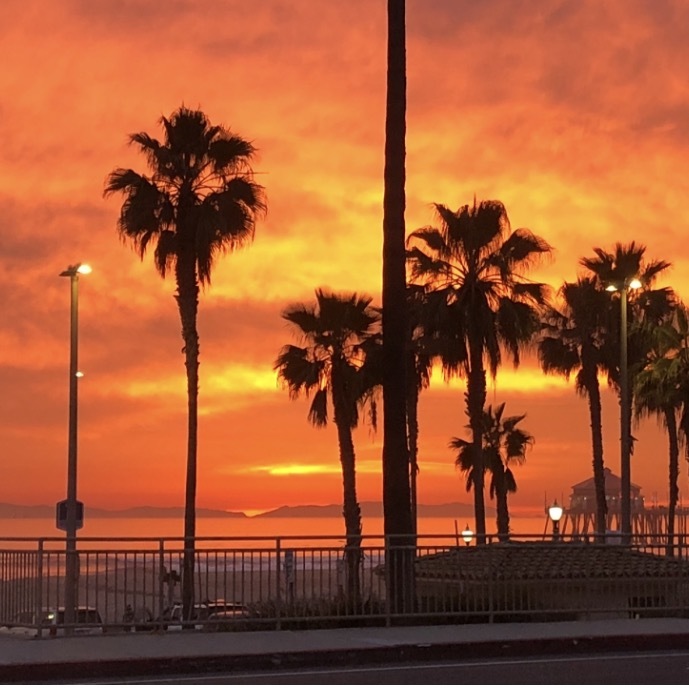

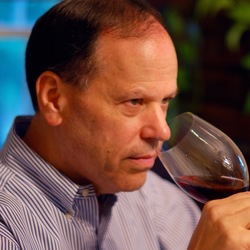

Stefan Dolhain
2023 vintage. Somehow Cassis (one of the earliest AOCs in France) has resisted the lure of urbanisation, and wine lovers should be grateful for that. The production area is limited to the commune of Cassis, and 12 producers cultivate a total of 210 hectares, mostly white, but there is some rosé and red too. A blend of Marsanne, Clairette and Ugni Blanc. A round mouthfeel, combined with a saline minerality and a subtle almond bitterness in the finale. Abv. 13%. — 3 months ago